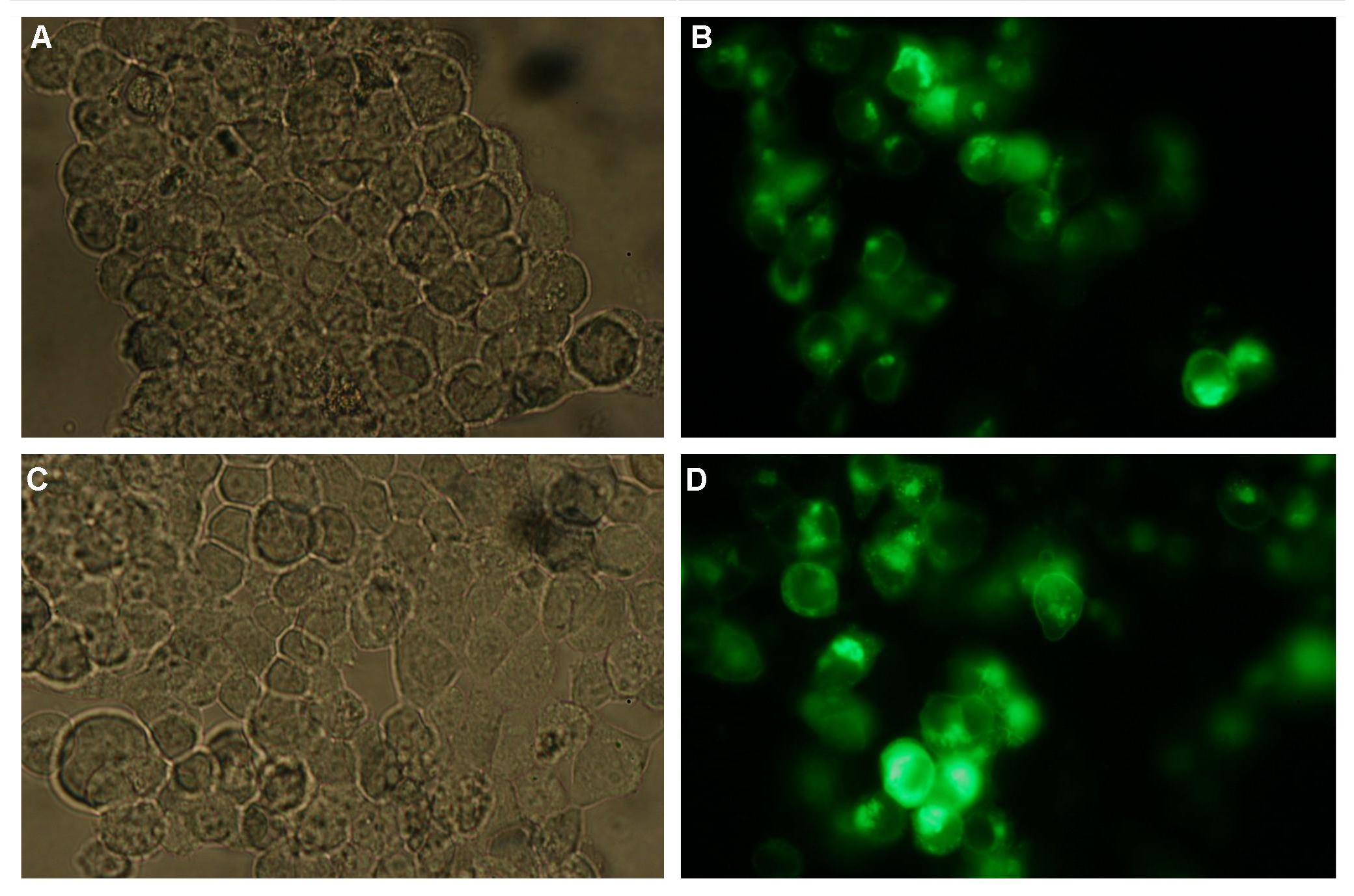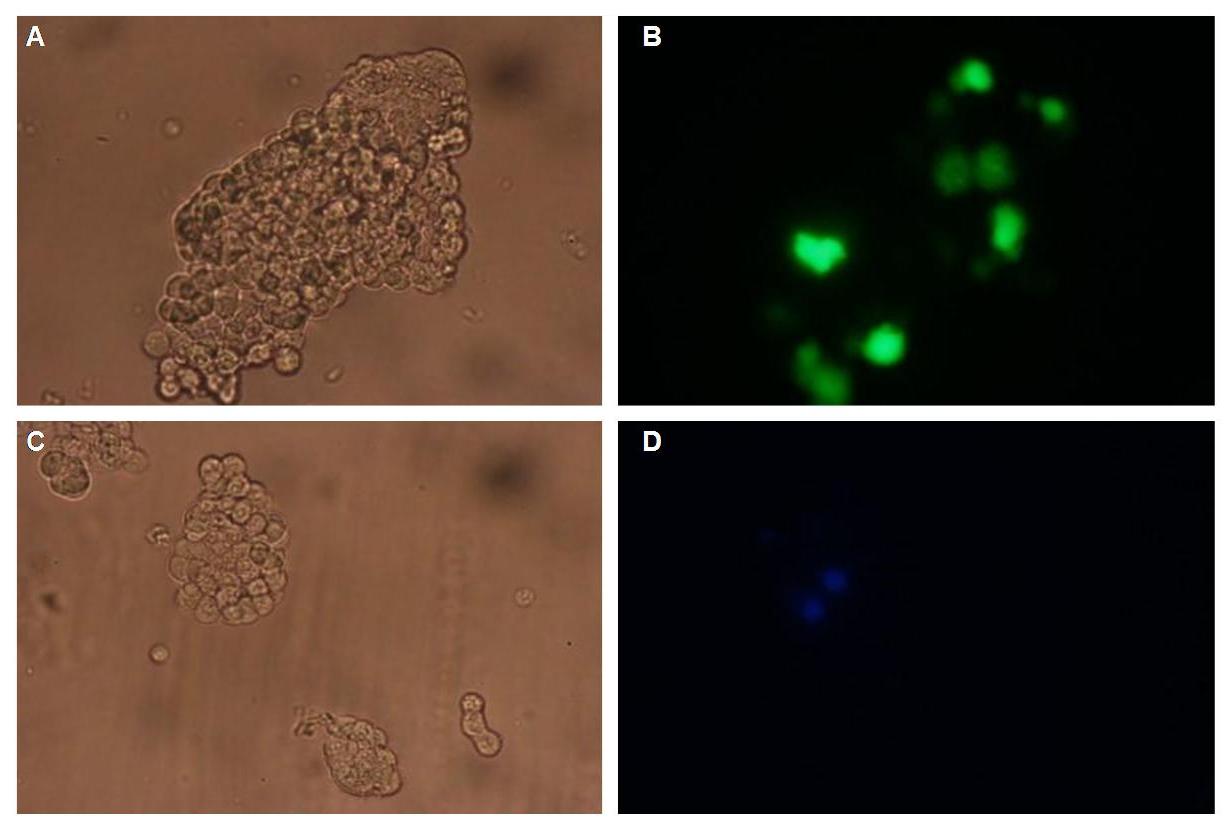Team:Freiburg Transfection
From 2008.igem.org
(Difference between revisions)
| Line 26: | Line 26: | ||
<br> | <br> | ||
'''2) Double transfections with Splitfluorophor-/Splitenzyme-constructs'''<br> | '''2) Double transfections with Splitfluorophor-/Splitenzyme-constructs'''<br> | ||
| - | On Figure 4_Transfection the structures of the signalpeptide-Lipocalin-transmembraneregion-nCFP and signalpeptide-Lipocalin-transmembraneregion-fluolinker-cCFP are visible (exemplary for the Splitfluorophore-/Splitenzyme-constructs). Intracellular either the N-terminal part or the C-terminal part of the splitfluorophore is fused to the transmembrane region. To achieve more flexibility and to support the assembly of the two | + | On Figure 4_Transfection the structures of the signalpeptide-Lipocalin-transmembraneregion-nCFP and signalpeptide-Lipocalin-transmembraneregion-fluolinker-cCFP are visible (exemplary for the Splitfluorophore-/Splitenzyme-constructs). The extracellular fragment is build of Lipocalin (fluorescein binding Anticalin) and a GGGSLinker. Intracellular either the N-terminal part or the C-terminal part of the splitfluorophore is fused to the transmembrane region of the EGF-receptor. To achieve more flexibility and to support the assembly of the two splitfluorophore parts a fluolinker is fused in between the transmembrane region and the C-terminal part of the splitfluorophores. |
[[Image:Freiburg2008_Lipo+Split_CFP.jpg|450px]]<br> | [[Image:Freiburg2008_Lipo+Split_CFP.jpg|450px]]<br> | ||
Revision as of 15:52, 28 October 2008
 "
"





